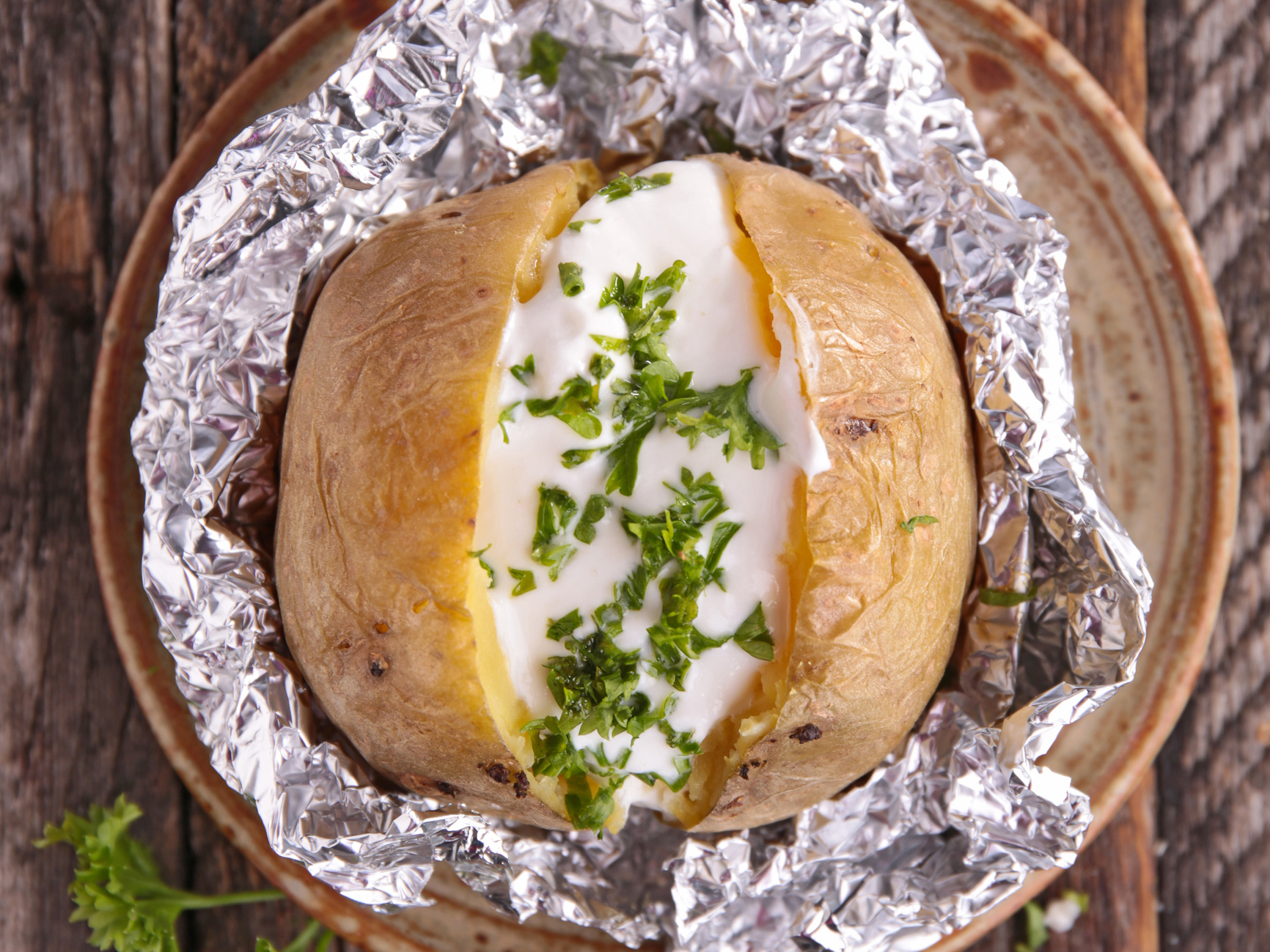Get Easy Health Digest™ in your inbox and don’t miss a thing when you subscribe today. Plus, get the free bonus report, Mother Nature’s Tips, Tricks and Remedies for Cholesterol, Blood Pressure & Blood Sugar as my way of saying welcome to the community!
The pretty potatoes that can lead to hypertension and diabetes

Even if a golden, plump turkey was the centerpiece of your Thanksgiving table, it’s a safe bet that your plentiful spread also included some fresh vegetables and tasty casseroles…
Perhaps some buttery mashed potatoes, grandma’s famous corn casserole, and if you were lucky, some fresh squash and zucchini on the side.
Certainly sounds like the makings of a wholesome, healthy meal.
Or maybe not.
That’s because growers of those vegetables, along with soybeans and sugar beets, have the government’s permission to use a process that profits the bottom line of some very large companies, but puts you and your family at risk…
You know it as genetic modification.
Biochemical company Monsanto is notorious for introducing genetically modified crops (GMO foods) designed to tolerate extremely high levels of the pesticide Roundup — whose main ingredient is glyphosate, a known carcinogen.
Maybe all the fuss over Roundup will see it banned eventually, but if you think the genetic modification threat to your food stops there, you could be dead wrong…
The dangerous GMO potatoes you might be eating
When a scientist goes public and denounces his own work, it’s time to listen up. If you are a fan of French fries or baked potatoes, pay extra close attention.
Caius Rommens was a team leader at Monsanto before leaving to start his own biotech company, Simplot.
During the 12 years before he left Simplot, Rommens designed genetically modified white russet potatoes that would resist blackspot bruising and browning.
See, genetic engineering makes it possible for scientists to change the genetic makeup of a plant by taking away, adding or changing genes for the purpose of “improving” something about that particular crop.
Read: Frankenfish: Lab-to-table salmon presents risky unknowns
In this case, pretty GMO potatoes modified to produce French fries without brown spots — and produce less of the carcinogen, acrylamide, when fried.
Sounds, pretty good, right? Except for this…
“During the five years after my departure from Simplot,” Rommens said,” I realized that I had not been rigorous enough in considering the possibility that my modifications might have caused unintended effects.”
Unintended effects, indeed…
Genetic engineering gone bad, again
By using a technique known as “silencing,” genetic engineers silenced an already existing gene in the potato plant that caused dark bruising and brown spots. Problem solved.
Except that all they had done was hide the bruises. His potatoes still had bruises, only now they were invisible entry points for pathogens and water, both of which cause disease and blight.
What’s more, Rommens’s ex-colleagues showed him that the damaged tissue around these bruises could accumulate high levels of the toxin tyramine, an amino acid that can reach toxic levels causing headaches and dangerously high blood pressure in people taking certain anti-depression medications.
And, as if that weren’t enough, gene silencing increases levels of the neurotoxin alpha-aminoadipate by about sixfold. Alpha-aminoadipate can also combine with sugar to set off bodily processes directly connected to diabetes.
But what about lowering the cancer threat in fries? That sounded like a big positive. Only, Simplot could not find any reliable studies demonstrating that normal fries are carcinogenic in the first place.
So, now, Rommens questions his “strange assumption” that he’d be able to predict any unintentional, long-term consequences of his product on the basis of short-term experiments.
“It was the same assumption that chemists had used when they commercialized DDT and Agent Orange.”
Read: Testing and treating your body for glyphosate
Frightening.
Caius Rommens has written a book. Pandora’s Potatoes, telling why he renounces his work at Simplot, why the GMO varieties should be withdrawn from the market, and how potatoes are not the exception.
“I could just as well have written (and may write) about the experimental GMO varieties we developed at Monsanto, which contains an antifungal protein that I now recognize as allergenic… or about anything else in genetic engineering.”
How you can avoid GMO foods
The best protection from genetically engineered foods is to avoid them. The best way to do that is to eat only organic produce or grow your own when it comes for fresh vegetables or fruits.
But GMO crops are also hiding in other places. So, follow these tips, to protect yourself:
Avoid processed foods containing ingredients from corn, soy, canola, sugar beets and cotton. More than 70 percent of processed foods have ingredients derived from genetically modified corn, soybeans, canola, and cotton. More than half the sugar used in food products comes from GM sugar beets.
Look for the label that says “Non-GMO Project” verified products. These food products have gone through a rigorous process, and have the least risk of GMO contamination.
To protect your body against the effects, of GMO foods, you can:
Boost your immune system. Allergies and immune system disorders are usually where the effects of GMO foods show up first.
Sources:
- GMO Potato Creator Now Fears Its Impact on Human Health — EcoWatch.com
- Hidden Health Dangers: A Former Agbiotech Insider Wants His GMO Crops Pulled — IndependentScienceNews.org
- What is Non-GMO? What are genetically modified foods? — The Organic & Non-GMO Report
- What it Takes to Make GMOs — Monsanto













